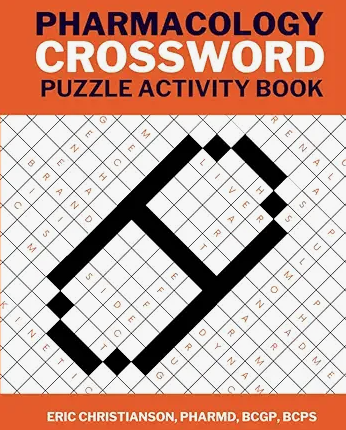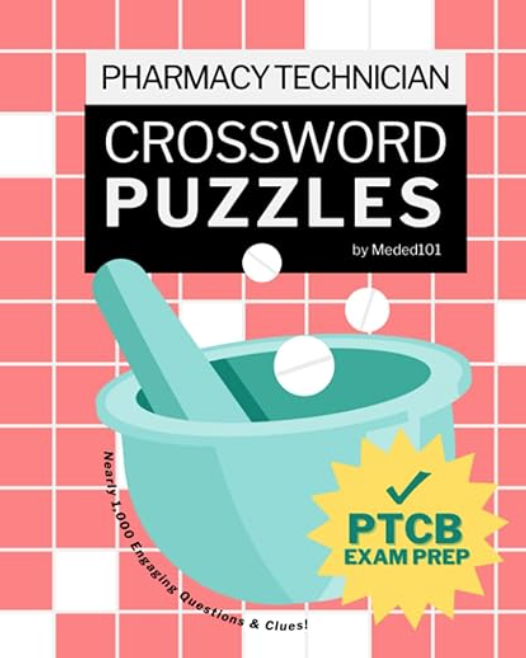Nonsteroidal anti-inflammatory drugs (NSAIDs) are routinely used for pain and inflammation, but they are also commonly implicated in clinically significant interactions. As medication experts, pharmacists play a critical role in recognizing and navigating these risks. Below are five of the most important NSAID drug interactions that pharmacists should watch for in daily practice.
Anticoagulation
One of the most dangerous and well-documented NSAID interactions is with anticoagulants such as warfarin. Both NSAIDs and warfarin increase bleeding risk—NSAIDs by inhibiting platelet function and damaging the gastrointestinal mucosa, and warfarin by impairing the clotting cascade. This is an interaction that I have seen lead to hospitalization. This combination significantly raises the chance of gastrointestinal bleeding and other bleeding complications. Pharmacists should educate patients, recommend GI protection (e.g., PPIs), and consider alternative pain management options like acetaminophen when possible.
Renal Concerns
Another key interaction is between NSAIDs and ACE inhibitors, ARBs, or diuretics—often referred to as the “triple whammy.” This combination can severely compromise renal function. NSAIDs constrict the afferent arteriole, ACE inhibitors and ARBs dilate the efferent arteriole, and diuretics reduce intravascular volume, resulting in reduced glomerular filtration pressure. Pharmacists should monitor renal function closely, especially in older adults or those with preexisting kidney disease. Finding an alternative to systemic NSAIDs for pain management is also a strong consideration.
Bipolar Medication
NSAIDs can also interact with lithium by reducing its renal clearance and thereby increasing serum lithium concentrations to toxic levels. Signs of lithium toxicity include tremors, confusion, and gastrointestinal upset. Pharmacists should recommend monitoring of lithium levels shortly after NSAID initiation or consider alternative analgesics.
Heart Failure Medication
NSAIDs can oppose the effect of diuretics by reducing their ability to promote sodium and water excretion, ultimately limiting their effectiveness in treating conditions like hypertension, heart failure, and fluid overload. This interaction occurs because NSAIDs inhibit cyclooxygenase (COX) enzymes, which decreases the synthesis of prostaglandins—important compounds that help dilate the renal afferent arteriole and support kidney blood flow. When prostaglandin levels drop, renal perfusion is reduced, and the kidneys retain more sodium and water. As a result, NSAIDs can cause fluid retention and blunt the natriuretic effect of diuretics, particularly thiazide and loop diuretics.
Blood Pressure Medication
Lastly, NSAIDs may blunt the antihypertensive effects of several blood pressure medications, including beta blockers, ACE inhibitors, and diuretics. This is due to NSAID-induced sodium retention and decreased renal perfusion. Pharmacists should advise patients and providers to monitor blood pressure closely after initiating NSAIDs and consider alternative pain relievers if blood pressure control becomes problematic.
In summary, NSAID drug interactions are common, clinically important, and often preventable. Through medication reviews, monitoring, and patient education, pharmacists can play a pivotal role in minimizing harm and optimizing therapeutic outcomes.
- 30 medication mistakes PDF
- 18+ Page Drug Interaction PDF
- 10 Commandments of Polypharmacy Webinar based on my experiences in clinical practice









0 Comments